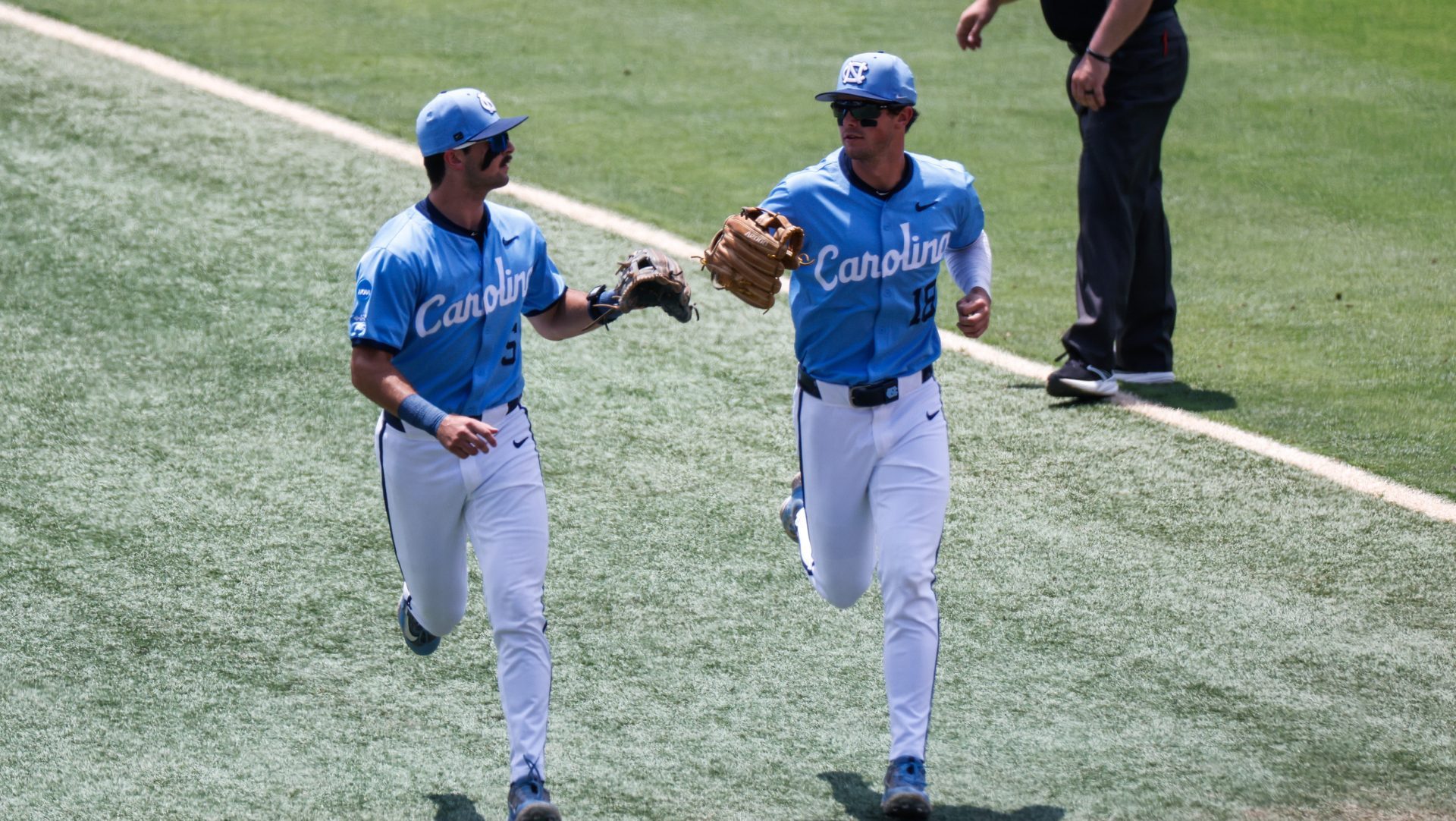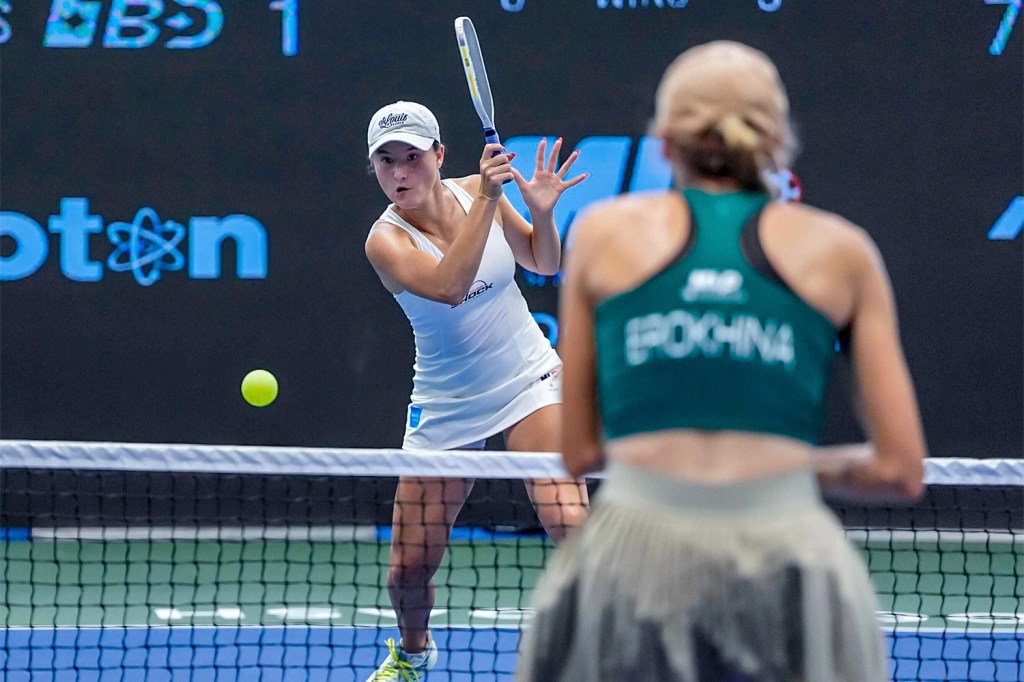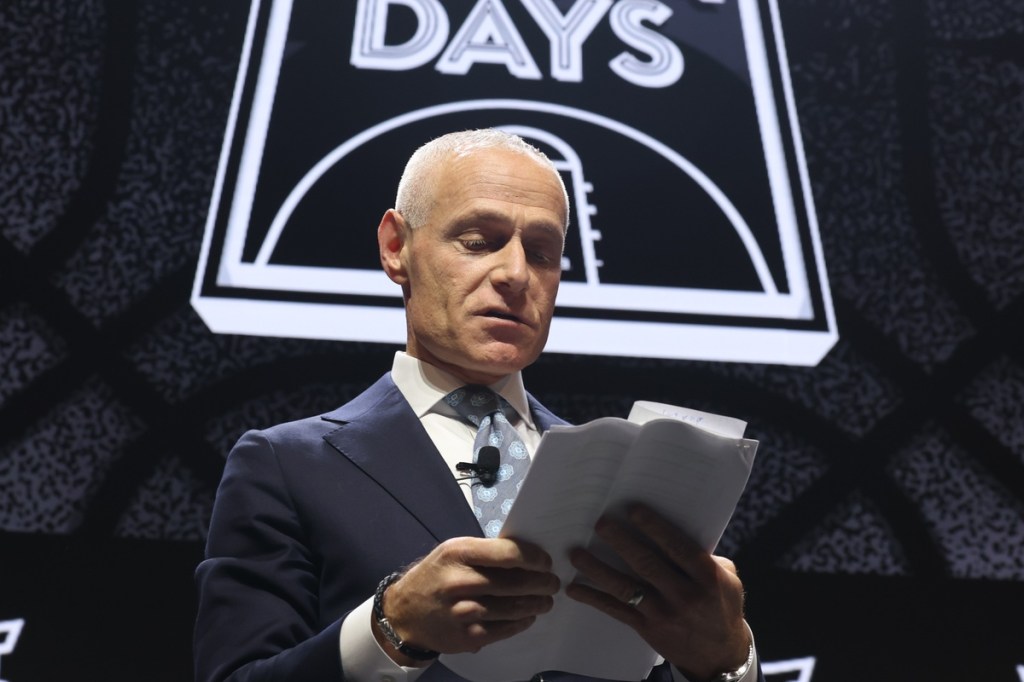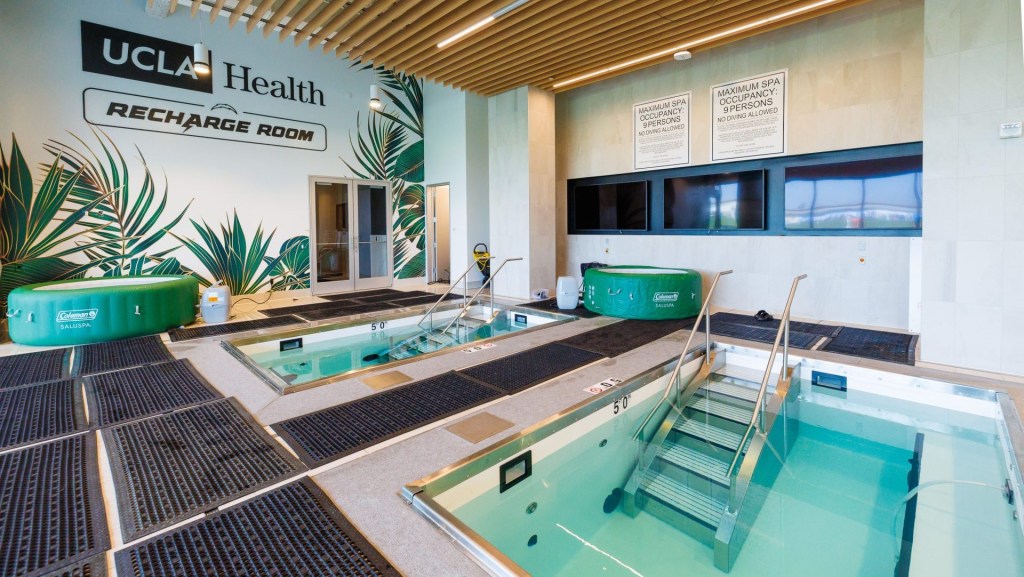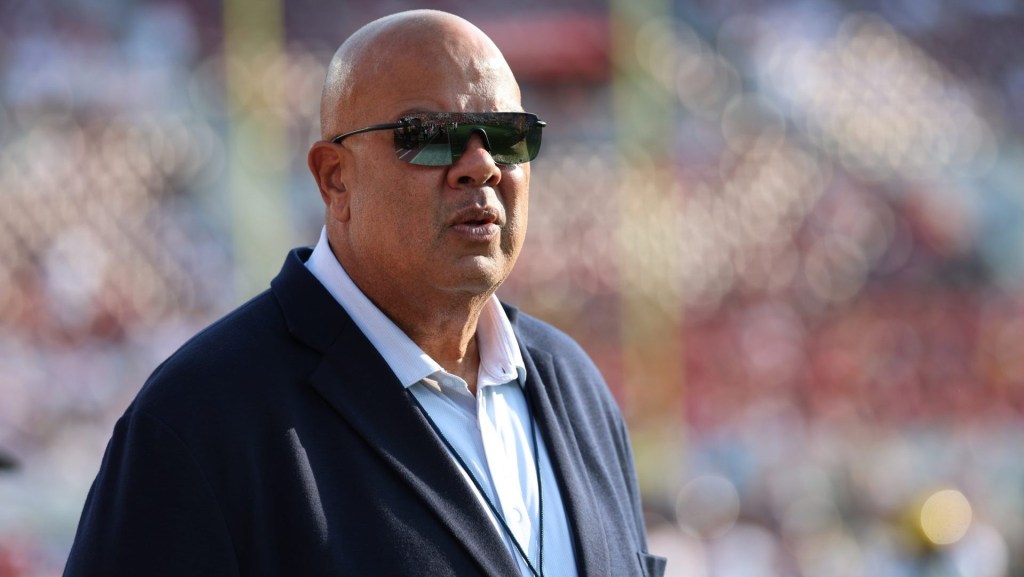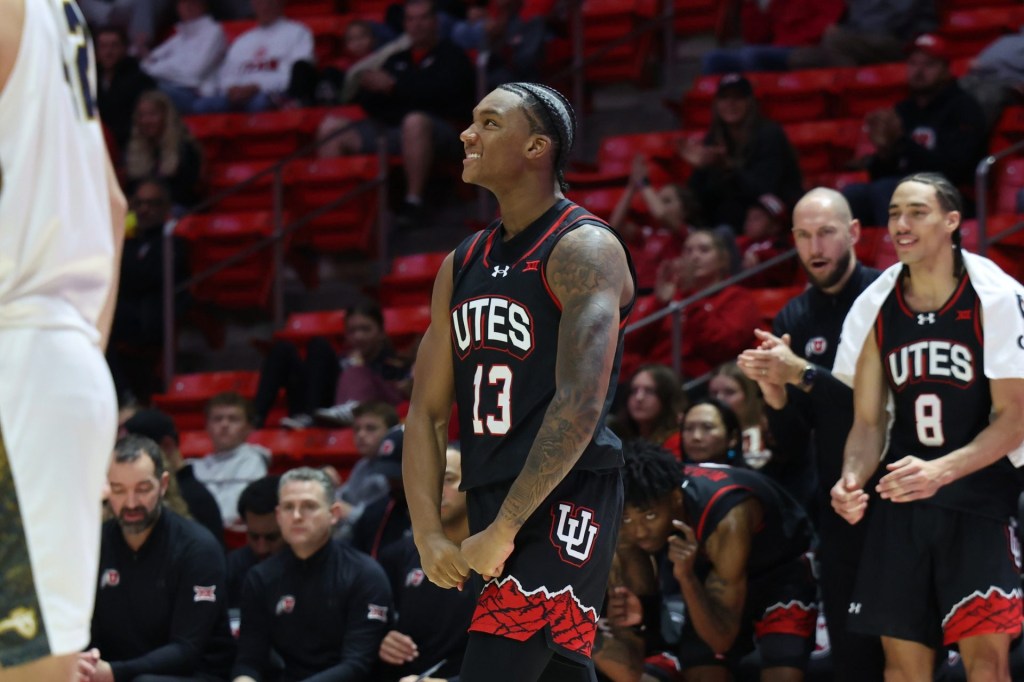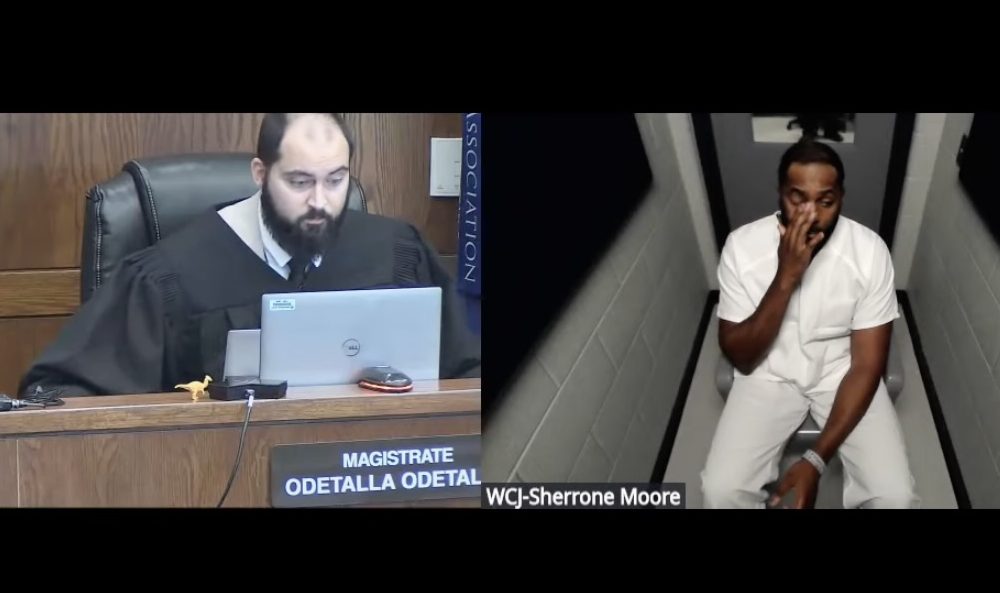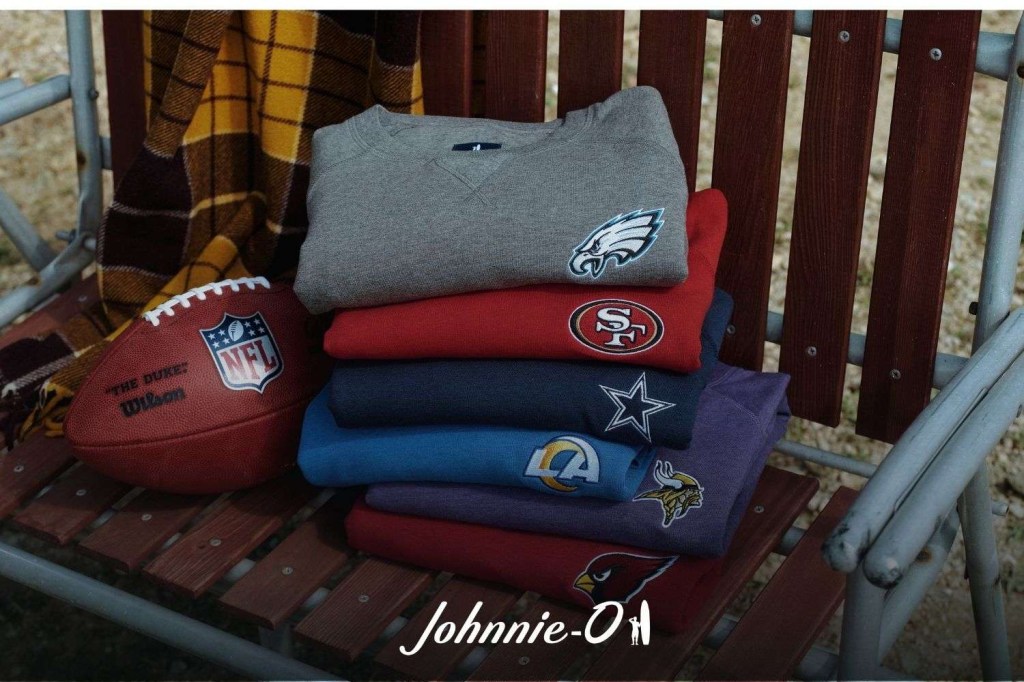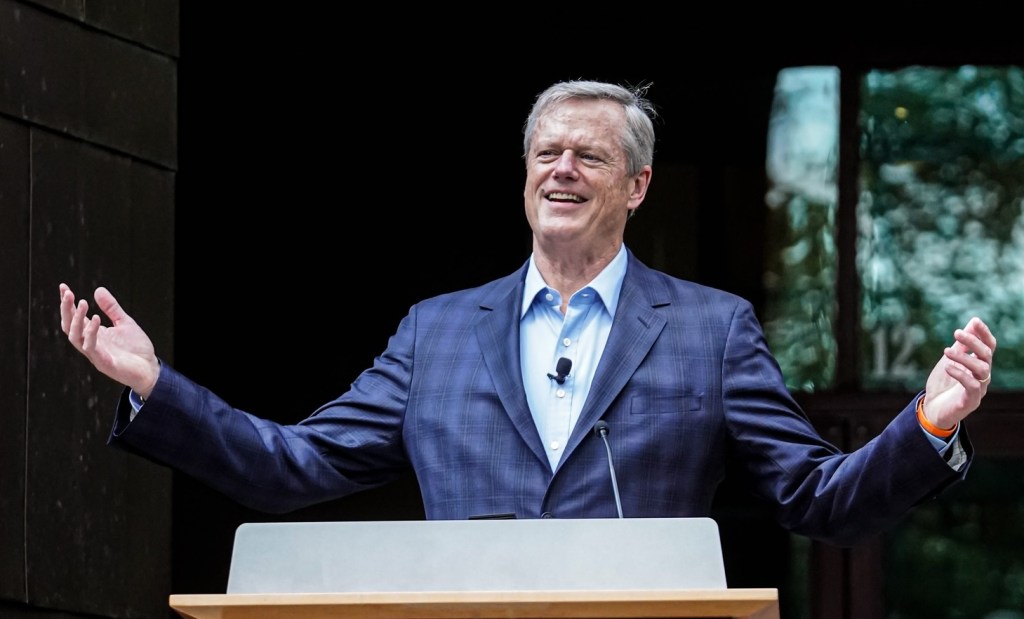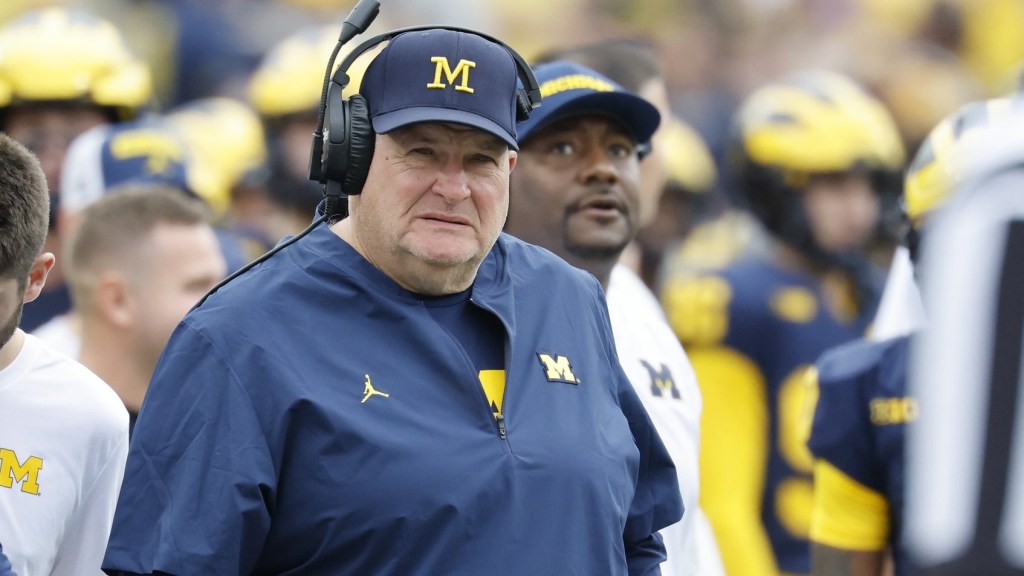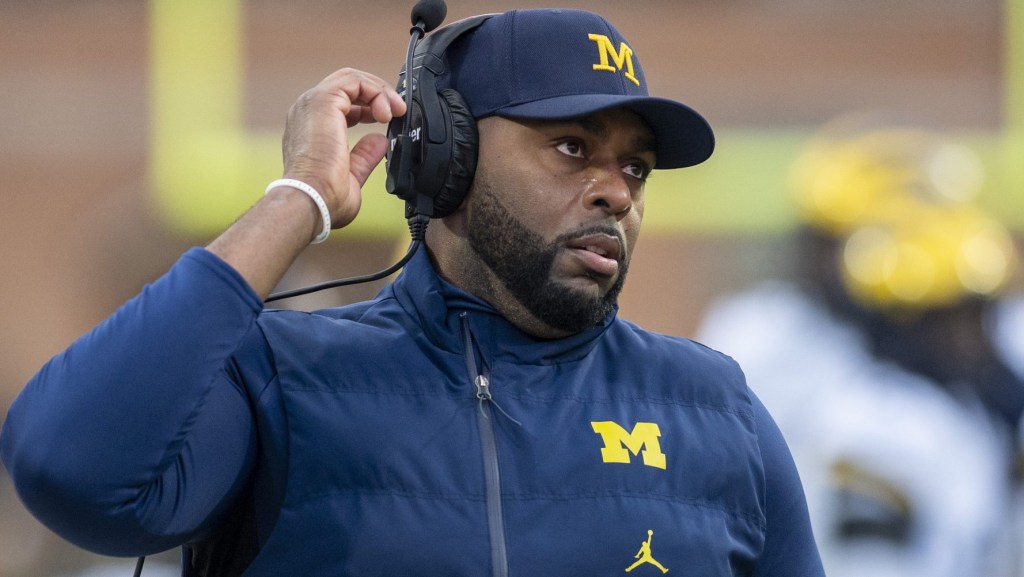The revenue-sharing era in college sports officially begins on July 1. But most sports, even in the power conferences, won’t see revenue-sharing dollars.
The House v. NCAA settlement, which was approved on June 6, allows all Division I schools to share revenue with players up to an annual cap ($20.5 million this year). The settlement offers other benefits, including eliminating scholarship limits—though they’re accompanied by restrictions like new roster limits and scrutiny over NIL collective and booster deals. All power conference schools were required to participate in some capacity, with other D-I programs having the ability to “opt in.”
Many power conference schools have begun to lay out plans that would only provide revenue-sharing for a select few sports. Football teams are expected to get the lion’s share of revenue (up to 75% of the cap), because they make the most money of all college sports programs and because they often boast the highest recruiting price tags. Men’s and women’s basketball will follow.
But even though most Olympic sports teams aren’t expected to earn rev-share dollars—and some have even been cut—the upside for those that remain is more scholarships.
An NCAA FAQ published in December said schools opting into the revenue-sharing portion of the settlement had to opt into its terms for all sports, not just a select few. But a spokesperson for the new enforcement entity run by the power conferences, the College Sports Commission, confirmed to Front Office Sports that schools have flexibility in how they distribute new benefits, citing language from the settlement document. In other words, schools don’t have to offer revenue-sharing payments to every single team.
Ohio State, for example, will only provide rev-share payments to football, men’s and women’s basketball, and women’s volleyball, athletic director Ross Bjork recently told reporters. He added that factors going into the decision included Title IX (or gender equity rules), as well as which sports generate the most money. Ohio State will, however, add 91 scholarships this year across sports, Bjork said.
UNC will offer rev-share to football, men’s and women’s basketball, and baseball—though the latter two programs may not receive much. “The majority of those funds will be paid to student-athletes in our revenue-generating sports, football and men’s basketball,” athletic director Bubba Cunningham wrote in a letter to the UNC community Monday. The Tar Heels will also fund 194 additional scholarships, bumping its total from 338 to 532.
As of mid-June, Intercollegiate Tennis Association CEO David Mullins told FOS he had not heard of any D-I programs planning to offer revenue-sharing dollars to tennis players, for example. But Mullins said multiple coaches have told him their tennis programs would receive additional scholarship spots.
Tough scholarship limits may have been removed, but that doesn’t mean they aren’t subject to restrictions.
Though scholarships are considered a different form of compensation than revenue-sharing, up to $2.5 million of new scholarships count against the $20.5 million revenue-sharing cap. (So do the $2.5 million of “Alston payments,” or the cash benefits of up to $5,980 per student per year allowed through the NCAA v. Alston Supreme Court case).
In addition, in place of scholarship limits, the settlement allowed the NCAA to implement new roster limits—a rule that has led to hundreds of players losing opportunities for partial scholarships or to be walk-ons (this issue almost tanked the settlement altogether). Roster limits will be monitored and enforced by the new College Sports Commission.
